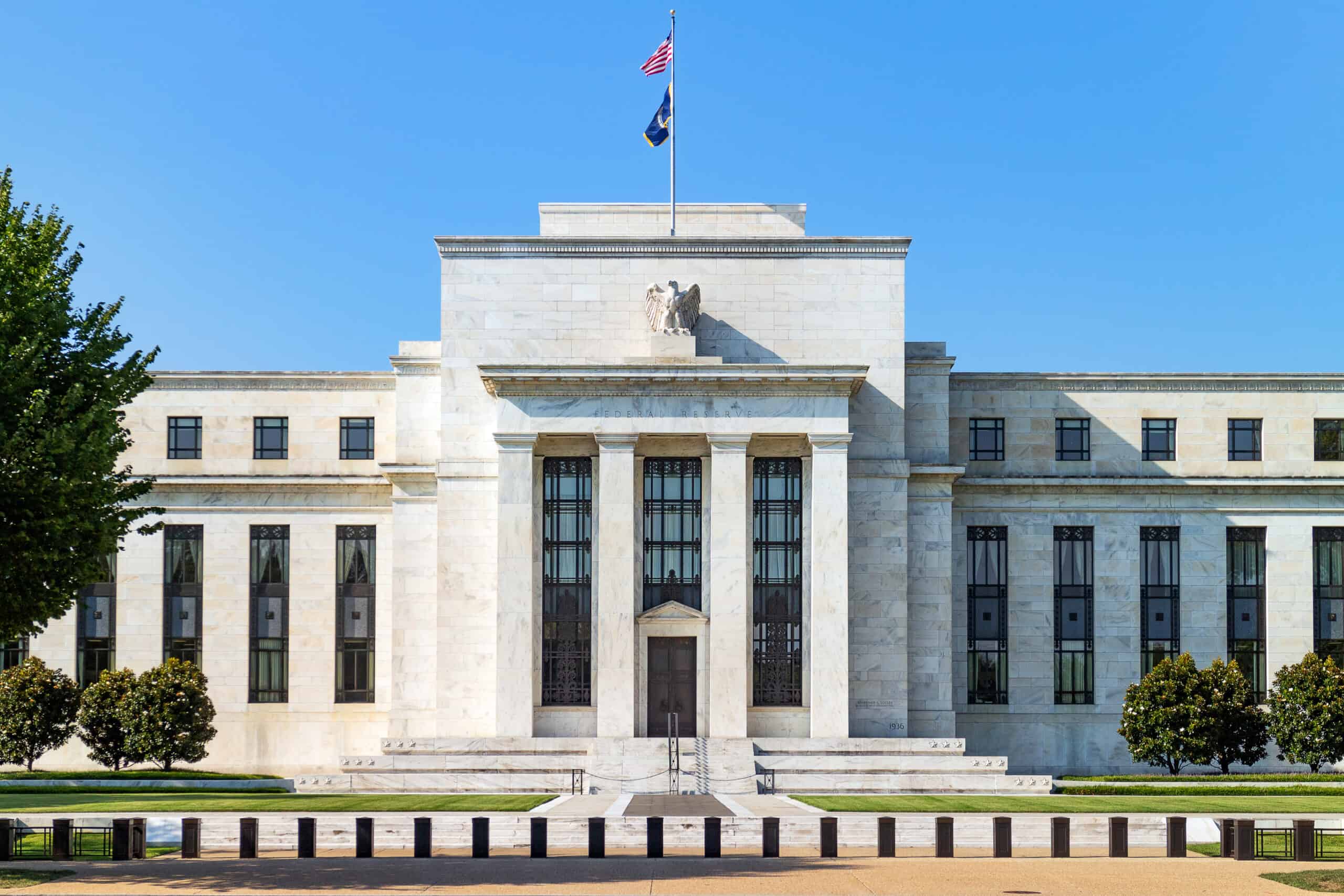On September 18, 2024, the Federal Reserve announced a larger-than-expected 50-basis point (0.50%) reduction in the federal funds rate, bringing it down to a target range of 4.75% to 5%. This marked the Fed’s first rate cut since March 2020, signaling the Fed’s concerns have shifted from inflation to ensuring monetary policy is supportive of economic conditions. While this shift is notable, policy rates remain highly restrictive and still well above the most recent year-over-year inflation reading of 2.5%. While inflation has moderated, moving closer to the Fed’s long-term goal of 2%, job growth has slowed, and unemployment has inched upward, reflecting a cooling labor market.
Powell’s Insights: Balancing Employment and Inflation
In his post-meeting press conference, Federal Reserve Chair Jerome Powell emphasized the Fed’s commitment to balancing its dual mandate: maximum employment and stable inflation. Powell acknowledged progress in curbing inflation but noted the lingering uncertainty in the economic outlook, saying, “We are seeing positive signs on inflation, but the labor market still presents challenges. The rate cut is a response to these concerns and aims to support sustained economic growth.” He acknowledged that while inflation has moved closer to the Fed’s 2% target, job gains have slowed, and the unemployment rate has edged higher. Powell stressed, “The balance of risks has shifted, and we felt a larger rate cut was necessary to sustain economic growth and maintain confidence. This decision reflects our growing confidence that with an appropriate recalibration of our policy stance, strength in the labor market can be maintained.”
Leading up to the Meeting: Market Expectations
In the weeks leading up to the meeting, market participants were highly divided over whether the Fed would deliver a 25 or 50-basis point cut. According to the CME FedWatch, the probability of a 50-basis point cut had increased to 60% in the days before the meeting from just 15% a week prior, signaling that a more aggressive monetary policy move was expected. The data indicated that traders were pricing in further cuts, with many expecting the Fed to continue easing policy into 2025 to counter slower economic growth and a tightening labor market. Futures markets see the Fed cutting rates another 75bps in 2024 and 125bps in 2025, settling in on a terminal rate of 2.9% in early 2026.
Market Reaction: A Two-Stage Response
Initially, the market responded cautiously to the announcement. On the day of the Fed’s decision, stocks saw mixed performance, with significant indices slightly down as investors weighed the implications of the rate cut. The Dow Jones Industrial Average closed down 0.3%, while the S&P 500 dropped 0.2%. Investors appeared to be processing the larger-than-anticipated cut as a signal that the Fed was becoming more concerned about the broader economic outlook.
However, by the following trading day, sentiment shifted. Markets rallied as investors viewed the Fed’s move as a proactive step to support future growth. The Dow rose by 600 points, the Nasdaq surged 2.2%, and the S&P 500 gained 1.5% to close above 5,700 for the first time. Rate-sensitive sectors, particularly real estate and financials, saw significant gains as investors anticipated lower borrowing costs and improved conditions for corporate profitability.
The Bigger Picture: What’s Next?
As we look forward, the Fed has indicated that it will remain data-dependent, carefully assessing incoming information on inflation, labor markets, and global economic conditions. While Powell reiterated that future rate adjustments will depend on incoming data, this latest cut suggests that the Fed remains cautious but prepared to act decisively to support economic growth.
For investors who have been waiting to put cash to work, now represents an ideal time to lock in rates while they are still relatively high.
If you have questions about how this rate cut could impact your investment strategy or are looking for ways to put excess cash to work as the Fed embarks on a rate-cutting cycle, our Legacy Private Trust Company team is here to provide personalized guidance. We remain committed to helping you navigate these economic shifts with confidence.
If you are a Legacy client and have questions, please do not hesitate to contact your Legacy advisor. If you are not a Legacy client and are interested in learning more about our approach to personalized wealth management, please contact us at 920.967.5020 or connect@lptrust.com.
This newsletter is provided for informational purposes only.
It is not intended as legal, accounting, or financial planning advice.




